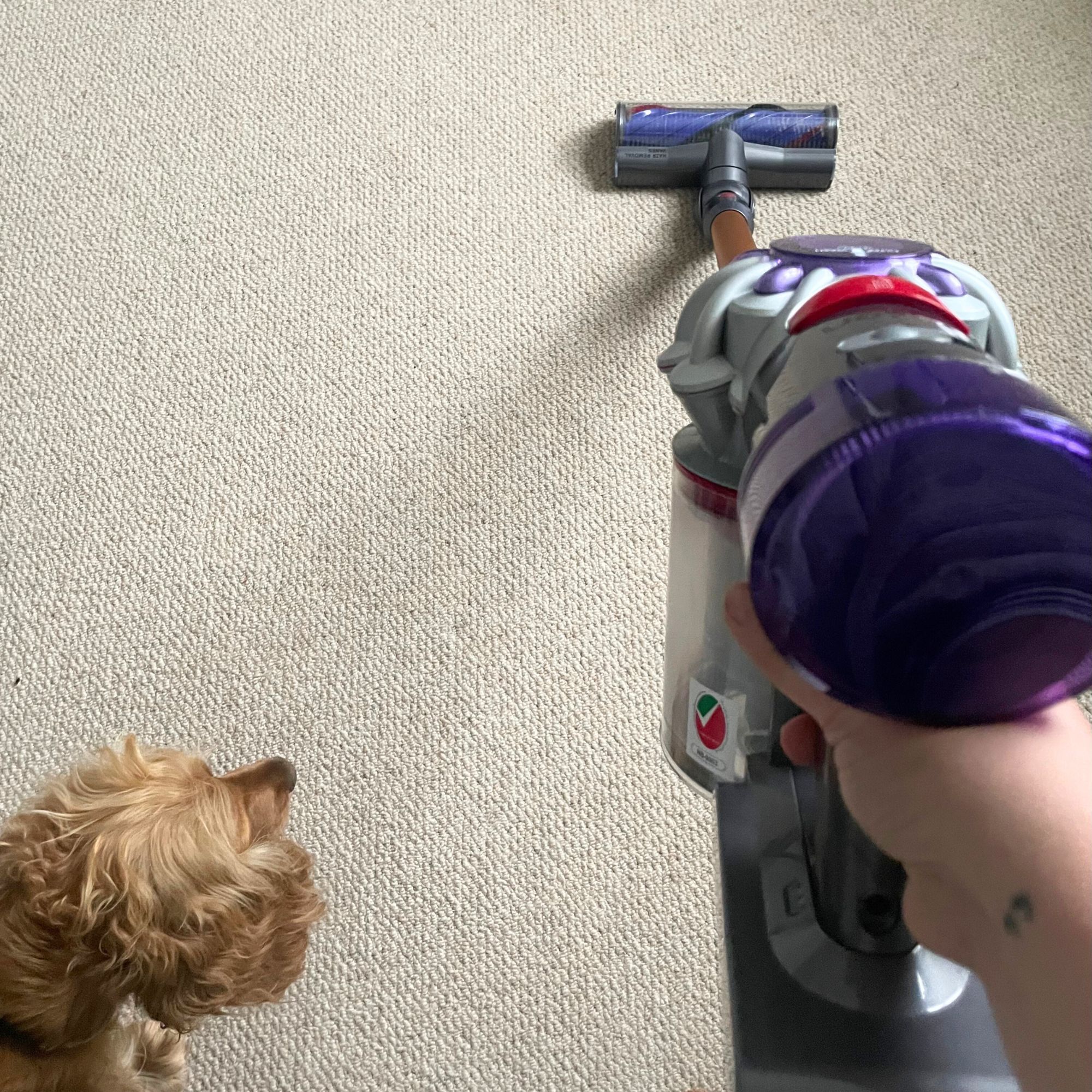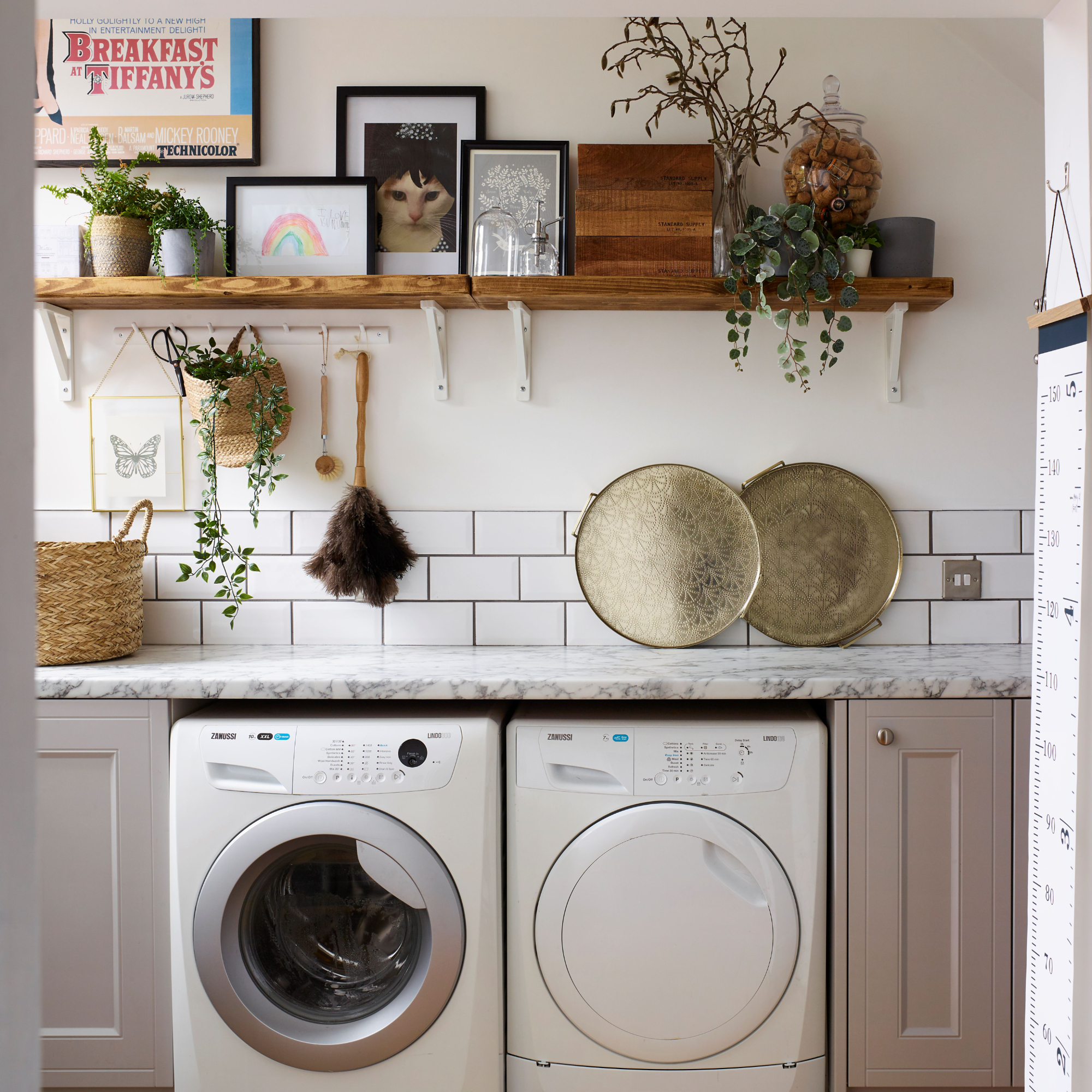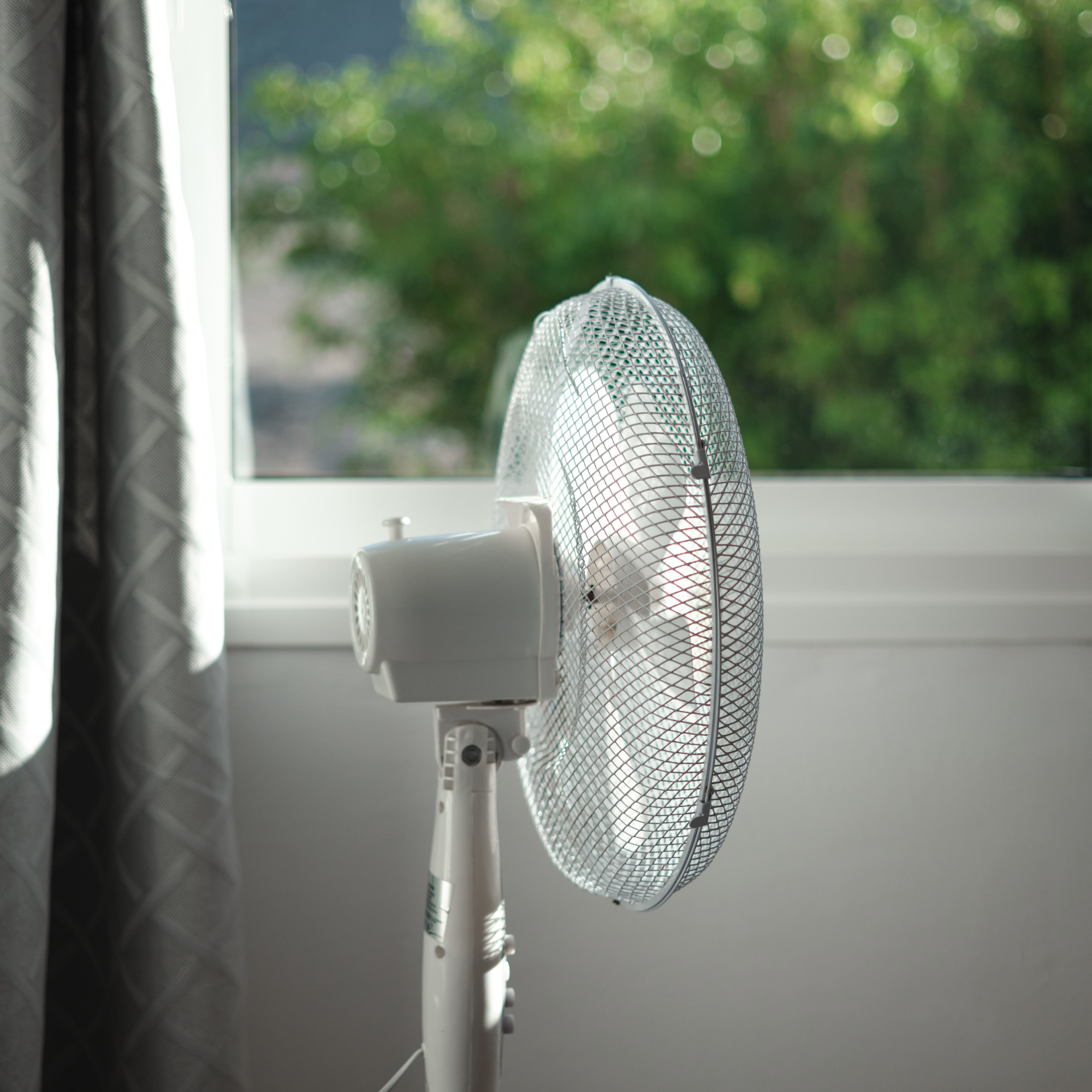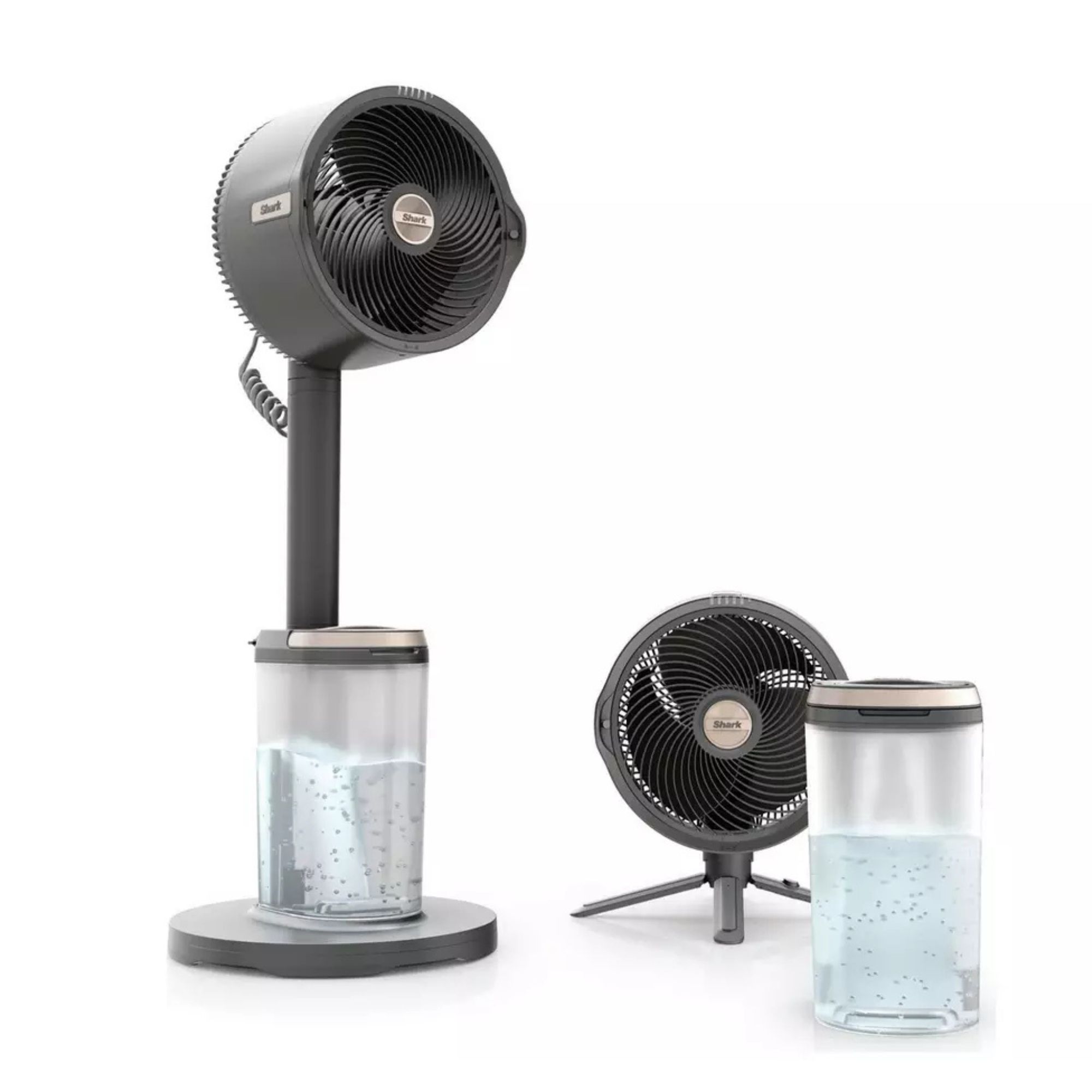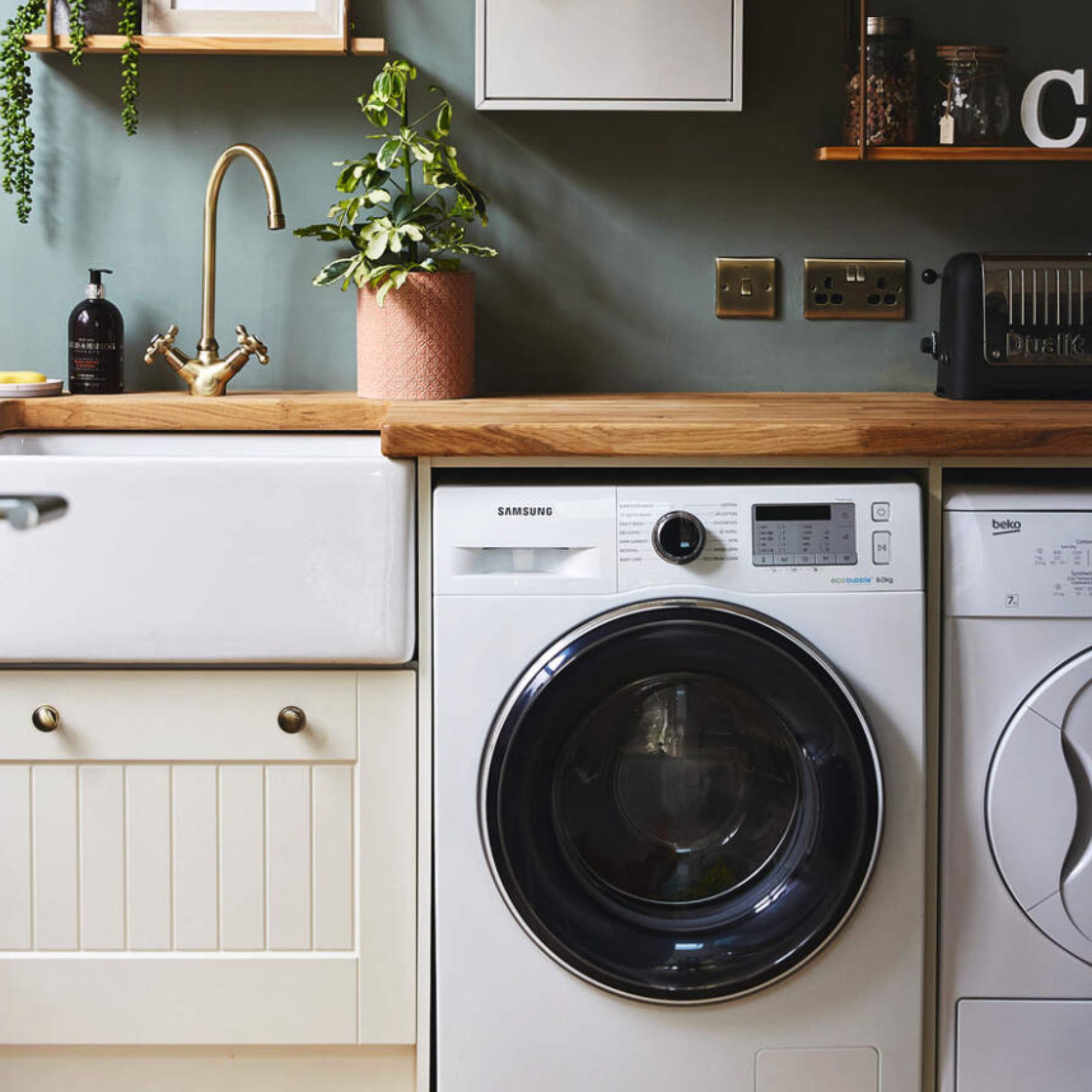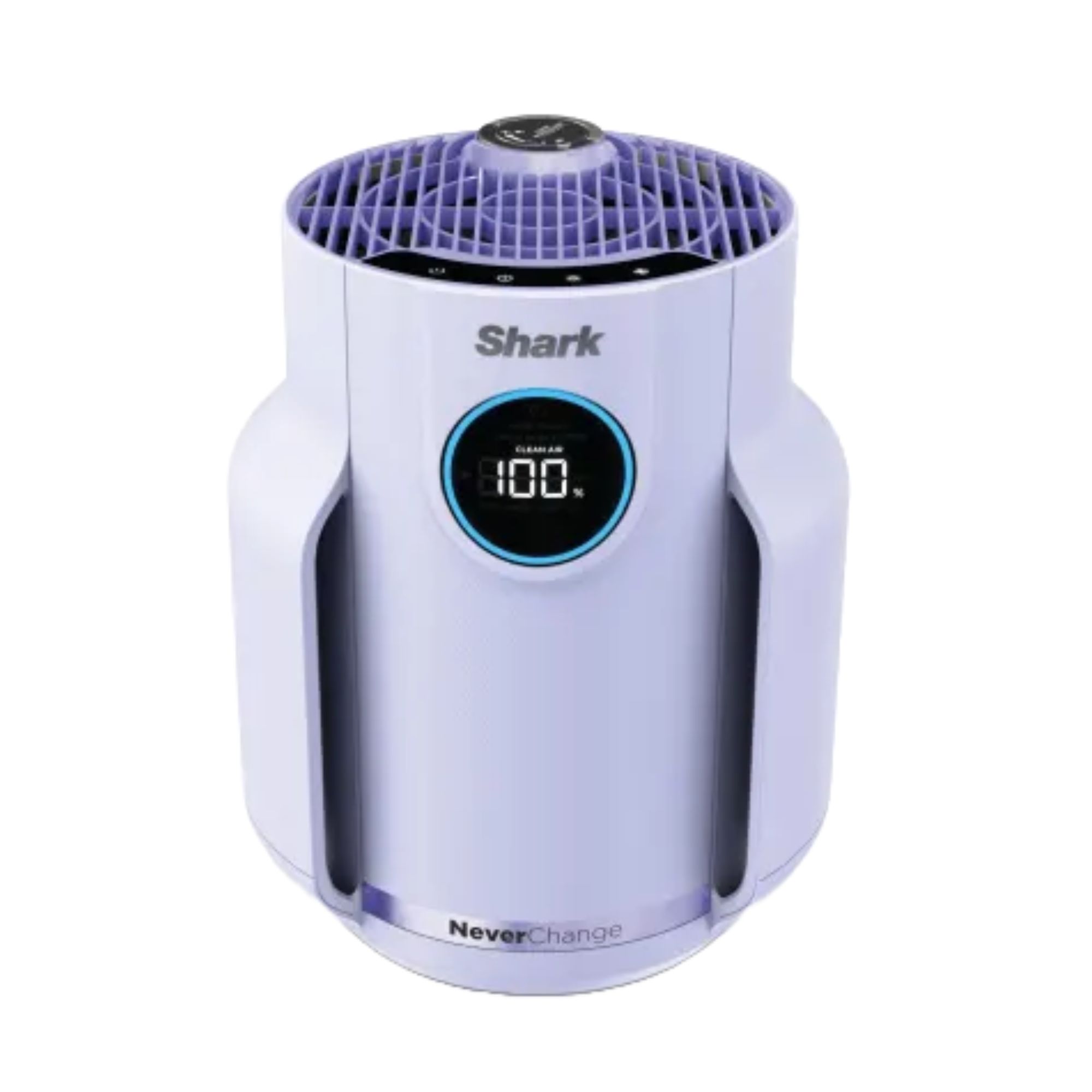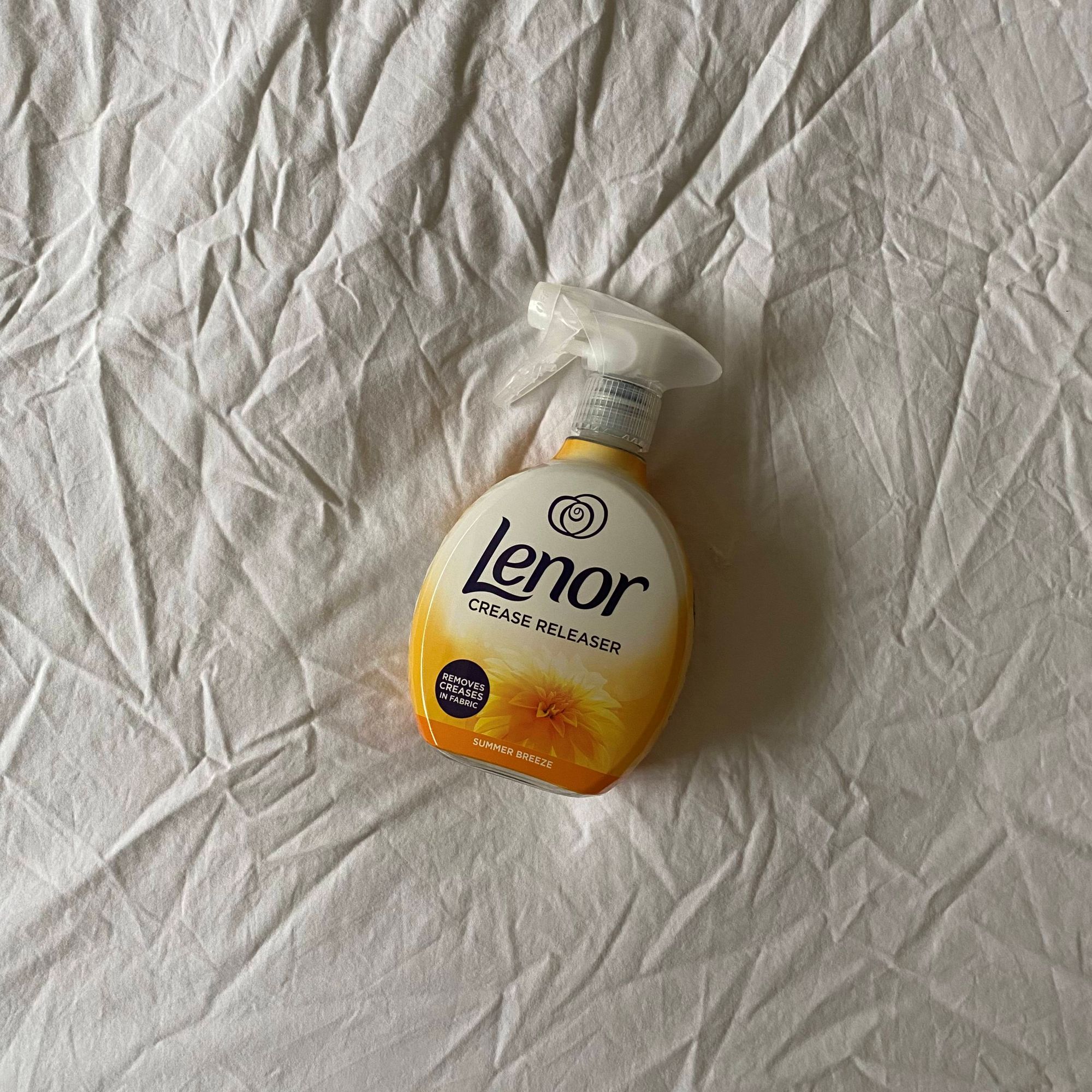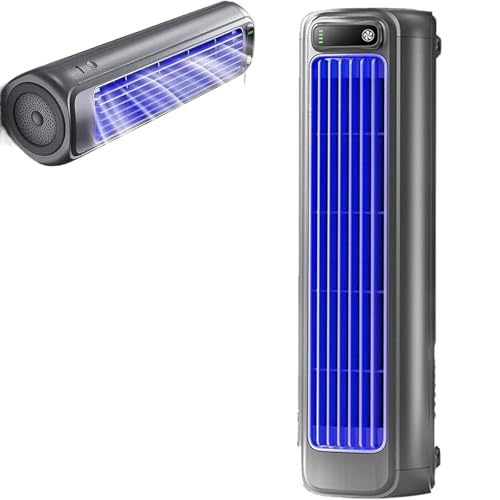How to shop the ‘secret side’ of Dyson — It’s now my go-to for discounted vacuums, fans and more
My mum always taught me that ‘if you buy cheap, you buy twice.’ And while I’ve come to appreciate that spending a little more for a quality home appliance pays off in the long run, I also love a bargain and will always try and save money where I can. That’s why I’m always looking … Read more

